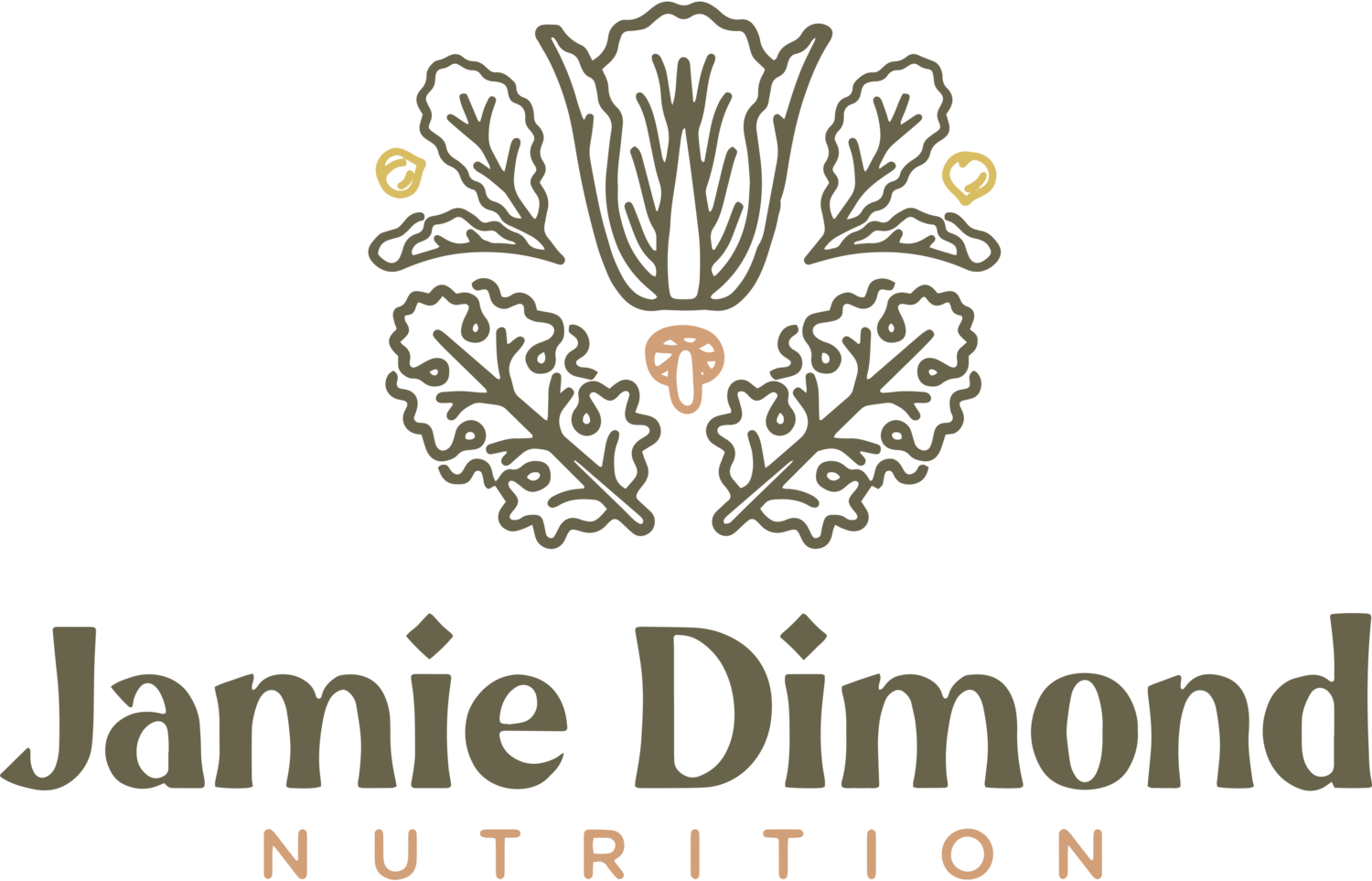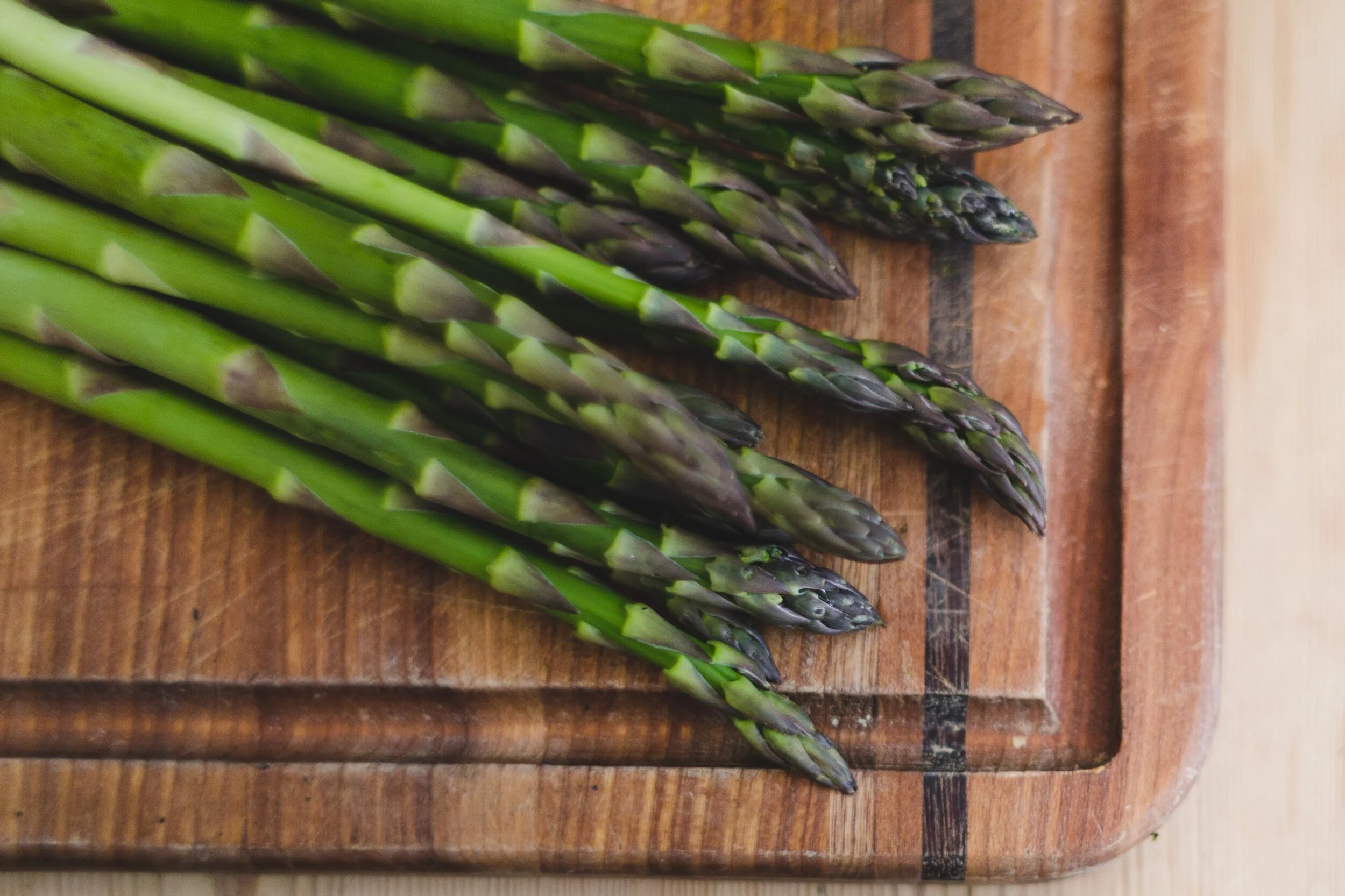PNW Seasonal Eating: June
One of the many joys of living in the Pacific Northwest is the access to an abundance of fresh produce thanks to the rich soils and hard working small farmers. June is a month of transition; we move from spring to summer. As the days get longer and we are graced with more sunny days than rainy, the selection of fresh fruits and vegetables available from local farms exponentially increases.
Why should we eat seasonal & local foods?
Foods harvested and sold locally in their ideal season spend less time in storage or traveling from farm to plate. Fresher produce means more flavor!
The rich colors and flavors of fresh produce indicate a higher concentration of micronutrients and phytonutrients. Most fruits and vegetables contain their highest nutrient density at the time they are harvested.
The carbon footprint of your diet is lower when you purchase local and sustainably grown produce. Large industrial farms (even the organic ones) often practice monocropping which requires more pesticides and fertilizers.
Supporting local farms helps the local economy and fosters a sense of community. This often feels non-existent in corporate-owned grocery store chains.
Many farms in Oregon grow heirloom produce and less common varieties of your favorite vegetables; a wonderful opportunity to try something new!
A S P A R A G U S
Season: April - June
Asparagus is a great example of a vegetable that is best purchased locally and fresh! It should be consumed one to two days after being purchased. Stand the stems upright in the fridge with the cut ends in water to keep them crisp. The nutrients in this stalky veggie are more available after cooking so pick some up before the end of asparagus season to roast, grill or steam!
Rich in potassium, vitamin K, folate, and vitamin C.
Contains inulin, a soluble fiber that aids in digestive health by feeding the gut microbiome.
A source of choline, an essential nutrient that benefits cognitive health, especially in infants and children.
Many sulfur-containing compounds, such as asparagusic acid are found in asparagus. We convert this to a volatile compound contributing to the well-known asparagus pee phenomenon.
S T R A W B E R R I E S
Season: June - July
There is nothing quite like a perfectly ripe strawberry; bright red through the entire berry and sweet as can be. June is the perfect time to enjoy this berry as the increasing sunshine vine ripens them to perfection. Many local farms offer u-pick strawberries; a fun way to get outside and harvest the best yourself.
Don’t wash the berries until you are ready to eat them. Place a single layer of berries in a shallow bowl lined with a paper towel and enjoy within the next couple of days. Freezing the berries in an airlocked container will preserve the nutrient content and then can be added to baked goods or blitzed into a smoothie.
Strawberries are high in vitamin C, manganese, and anthocyanins. They are also packed with various antioxidant, anti-inflammatory and anti-cancer compounds.
Despite their delicious sweetness, strawberries have been shown to support blood sugar due to their fiber, water and phytonutrient content!
A R U G U L A
Season: May - December
There are many reasons to get excited about Arugula. This peppery leafy green grows easily in the PNW, a perfect addition to your garden, farmer’s market basket, or grocery cart. Other countries refer to it as “rocket”, which is fitting considering its lengthy list of proposed health benefits. Though, arugula is just one of the many delicious delicate leafy greens being harvested in June! It feels natural and refreshing to transition from hearty winter greens like kale and collards to the delicate spring mix varieties. Time to dust off your favorite salad bowl!
Store and wash arugula as you do other leafy greens; place in a container or bag with a piece of paper towel and rinse before use if not pre-washed.
Arugula is a good source of vitamins A, K, and C, as well as folate and potassium.
This veggie is part of the cruciferous vegetable family; veggies that are rich in the sulfur-containing compound glucosinolate. They may decrease the risk for certain cancers (including breast, prostate and colorectal).
C H E R R I E S
Season: June - July
Oregon is one of the top sweet cherry producers in the nation; the majority of the crop being grown around Mt. Hood and along the Columbia River Gorge. Cherries are destined to be the star of your picnic basket this month. Both the sweet and crisp Rainier or the classic “Bing” cherries are sure to hit the spot while basking in the sun. Farms in Hood River should be open for picking in late June!
Store cherries in the refrigerator in a plastic bag or container immediately after purchasing or picking. They can absorb water so rinse just before you eat them.
Cherries are a great source of fiber, vitamin C, and potassium! Anthocyanins, a powerful antioxidant, give dark cherries their rich red/purple color. They also contain serotonin, melatonin, and tryptophan; which contribute to sleep and cognitive function. Overall, cherries are a very delicious and enjoyable way to fight inflammation in the body!
Other in-season produce to eat this month:
Beets
Apricots
Blueberries
Fresh herbs (basil, dill, etc.)
Summer squash
Radishes
Turnips
Peas
ARUGULA AND ASPARAGUS SALAD BOWL TEMPLATE:
ASPARAGUS: Wash and trim stems. Drizzle in heat-tolerant oil of choice. Place 3-4 thin slices of lemon on top and roast at 400F for about 25 minutes. Season with salt and pepper to taste. Cool and cut into thirds.
ADDED PROTEIN: Roasted salmon, chicken, or tofu cubes
GREENS: Give the arugula a light chop. Divide into large dinner bowls. Toss in pesto and a light drizzle of extra virgin olive oil (or your favorite dressing). Top with asparagus and protein.
FATTY TOPPING: Add avocado slices and/or a sprinkle of seeds (hemp, pumpkin, sunflower).
EXTRAS: lentils, red quinoa, roasted mushrooms, sauerkraut, sprouts, etc.
Enjoy! ¨̮
** All photos from Unsplash **
*** The post was originally created for Joule Crafted Nutrition and edited for personal use ***





